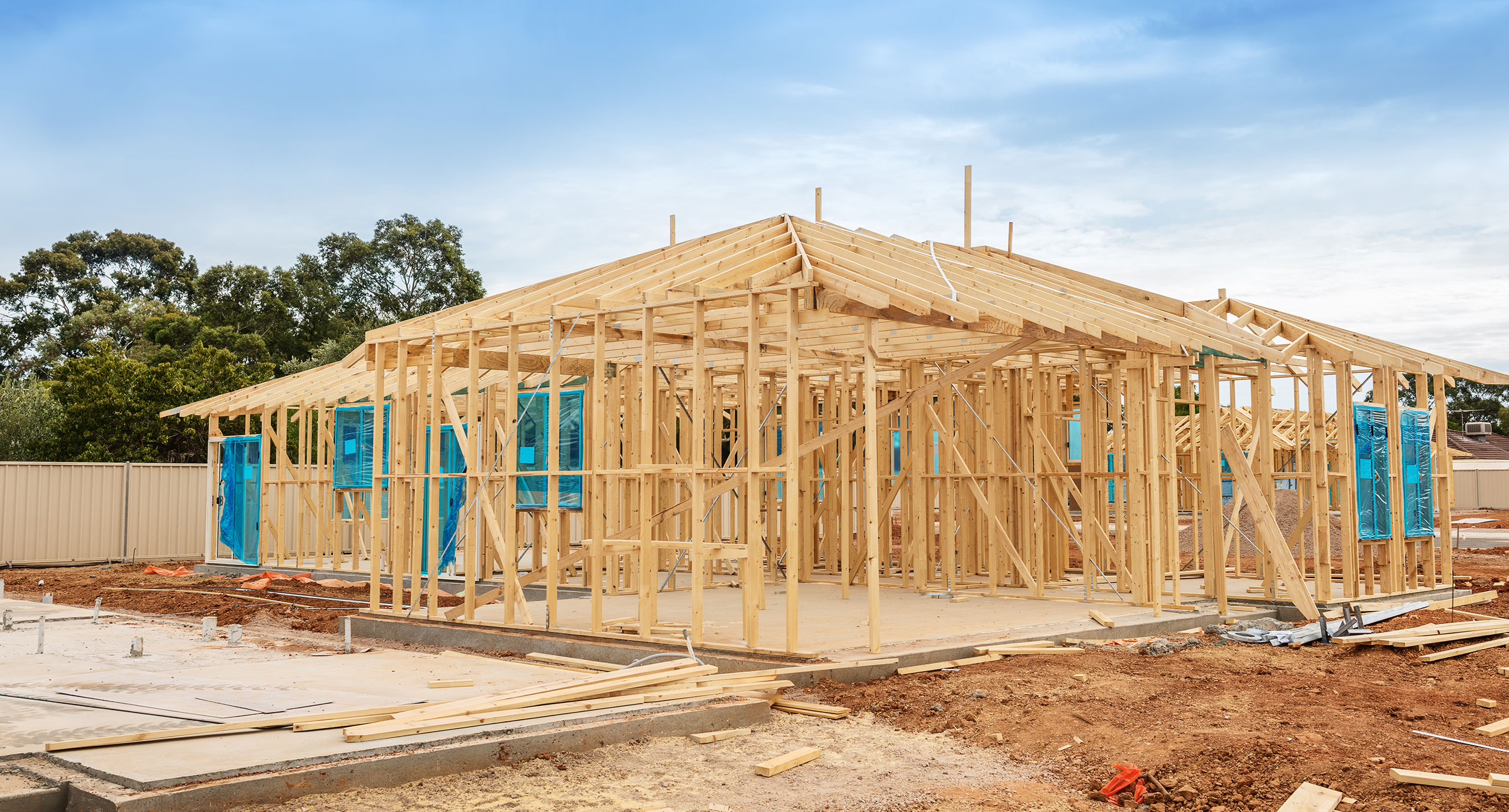Construction delays are one of the biggest challenges in property development. Whether it’s a small residential build or a large-scale commercial project, delays can disrupt timelines, increase costs and create frustration for everyone involved. Understanding the common causes of construction delays and how to minimise them can help developers, builders and investors stay on track and within budget.
Common Causes of Construction Delays
1. Weather Conditions
Unpredictable weather can significantly impact construction schedules, particularly in Australia where conditions vary across states. Heavy rain, extreme heat or strong winds can halt work, delay material deliveries and affect the quality of construction.
2. Permit & Approval Bottlenecks
Local council approvals and regulatory requirements can slow down a project before it even begins. Delays in securing permits for demolition, planning or building can add weeks or even months to a construction timeline.
3. Labour & Contractor Shortages
A shortage of skilled workers can result in slow progress or stalled projects. High demand in the construction industry often means subcontractors are juggling multiple projects, which can lead to scheduling conflicts and missed deadlines.
4. Material Supply Chain Issues
Global supply chain disruptions have made sourcing building materials more unpredictable. Delays in importing critical components like steel, timber or fixtures can create significant hold-ups, particularly if alternative suppliers are not readily available.
5. Design Changes & Scope Creep
Changes to the design mid-project can be costly and time-consuming. Additional features, material swaps or layout modifications often require new approvals, extra labour and revised scheduling, leading to unexpected delays.
6. Financial Constraints
Delays in funding or cash flow issues can bring construction to a standstill. Contractors and suppliers may pause work if payments are late, causing a chain reaction that impacts the entire project.
How to Minimise Construction Delays
1. Plan for Weather Risks
Monitor seasonal weather patterns and incorporate contingency time into the schedule. If possible, adjust construction activities to minimise the impact of extreme weather, such as pouring concrete during cooler periods or securing sites ahead of storms.
2. Streamline the Approval Process
Engage with local councils early and ensure all necessary documentation is prepared well in advance. Working with experienced town planners can help navigate approval requirements efficiently and reduce unexpected hold-ups.
3. Secure Labour & Contractors in Advance
Booking skilled tradespeople early and maintaining clear contracts with defined timelines can help prevent scheduling conflicts. Building strong relationships with reliable subcontractors ensures priority when demand is high.
4. Diversify Material Suppliers
Relying on a single supplier increases the risk of disruption. Having multiple suppliers or locally sourced alternatives can mitigate delays if certain materials become unavailable.
5. Control Scope & Design Changes
Encouraging thorough planning before breaking ground minimises last-minute design modifications. Developers should finalise details before construction starts and communicate clearly with architects and builders to prevent unnecessary revisions.
6. Maintain Financial Readiness
Ensuring funds are available at each project stage helps keep payments timely and prevents work stoppages. Developers should establish clear financial milestones and work with lenders to ensure smooth cash flow.
While construction delays can be frustrating, many can be managed or minimised with the right approach. A proactive strategy, strong project management and clear communication between all stakeholders can significantly reduce delays and keep projects moving forward. By planning ahead and anticipating potential setbacks, developers can ensure smoother construction timelines and better project outcomes.
Subscribe to our free newsletter
Stay ahead with exclusive insights on Melbourne’s property trends, innovative design tips and expert advice delivered directly to your inbox. Join us for the latest trends in luxury living and property insights.
* You can unsubscribe anytime. See our Privacy Policy.

